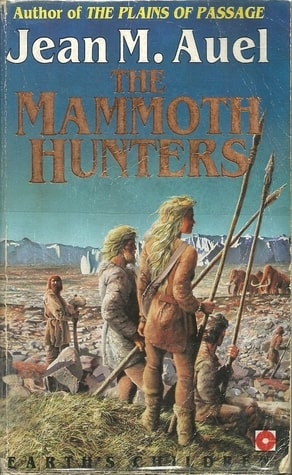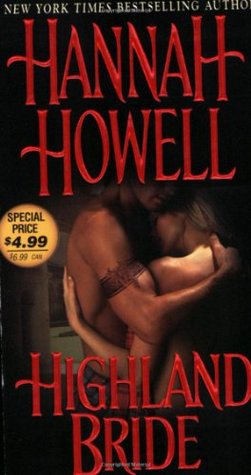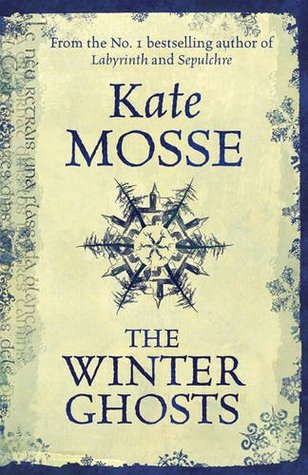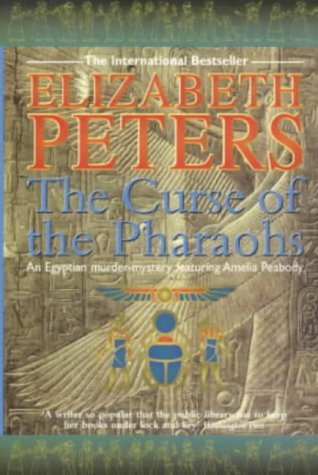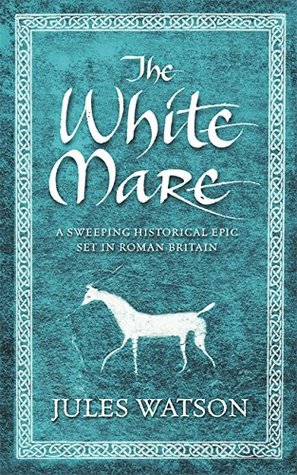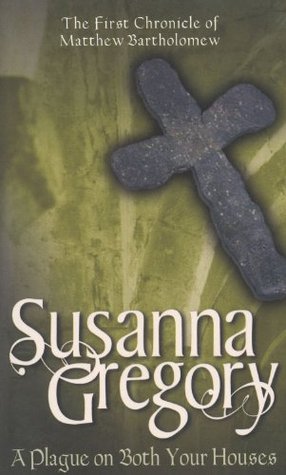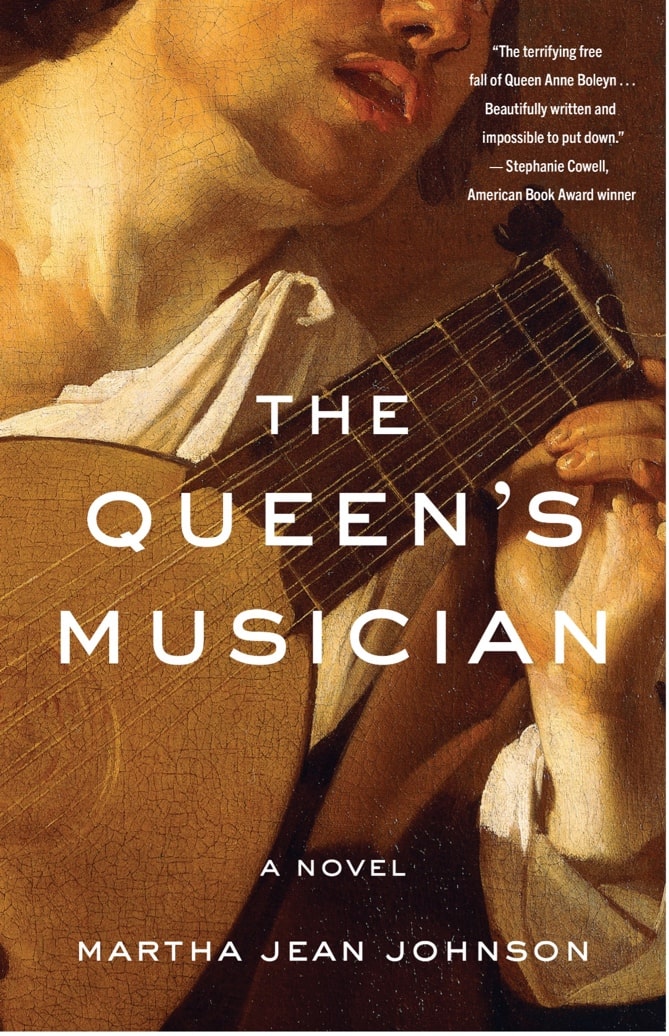
Book Review of The Queen’s Musician by Martha Jean Johnson, an historical fiction novel set during the time of Henry VIII and Anne Boleyn, due to be released 27th May 2025.

Synopsis
When Cardinal Wolsey gifts Hampton Court to King Henry VIII, Mark Smeaton becomes a court musician. While it takes him some time to prove himself to the new senior musicians, he eventually becomes one of Anne Boleyn’s favourites, frequently being asked to provide entertainment for her and her attendants.
During the king and Lady Anne’s first stay at Hampton Court, Mark meets her cousin, Madge Shelton. Though instantly attracted to each other, Mark and Madge cannot even speak. Even looking at each other for too long could jeopardise Madge’s chances of a profitable marriage.
Through Mark and Madge’s eyes, we see the king and queen become increasingly unhappy with each other. But they have other things to focus on. Mark manages to make enough money to buy two horses, and Madge’s mother arranges a suitable marriage for her. Until one day, Mark is arrested, accused of adultery and treason.
Review
The story of Henry VIII and Anne Boleyn has almost been done to death. There are already thousands of books on the subject. I liked how this book took the familiar story and told it from a completely different (largely unknown) point of view.
The Queen’s Musician gets off to a bit of a slow start. It feels like there is a lot of backstory and establishing who everyone is. However, I don’t think it has more set-up than other books – it just felt like it because the main characters spend most of the book going about their normal lives with no obvious movement towards the ending.
I think this also helps to show the shock and surprise Mark must have felt at being accused of treason. He does notice that Queen Anne was getting more irritable, and that she’s arguing with the king more. But he doesn’t consider that King Henry might try to get rid of her, or that he might get caught up in it. One day Mark’s making music, with no idea of what’s going on, and the next he’s being accused of adultery with the Queen.
Despite the difficult ending, The Queen’s Musician was a light read. It wasn’t overwhelmed with details, and kept out a lot of the fear and other emotions you’d expect. Instead of dwelling on Mark and Madge’s anger, fear, and sadness over his eventual execution, it focuses on them overcoming the situation and making the most of what they’ve got. That being said, I did cry my way through the last three or four chapters.
Conclusion
The Queen’s Musician by Martha Jean Johnson is due to be released on 27th May 2025.
